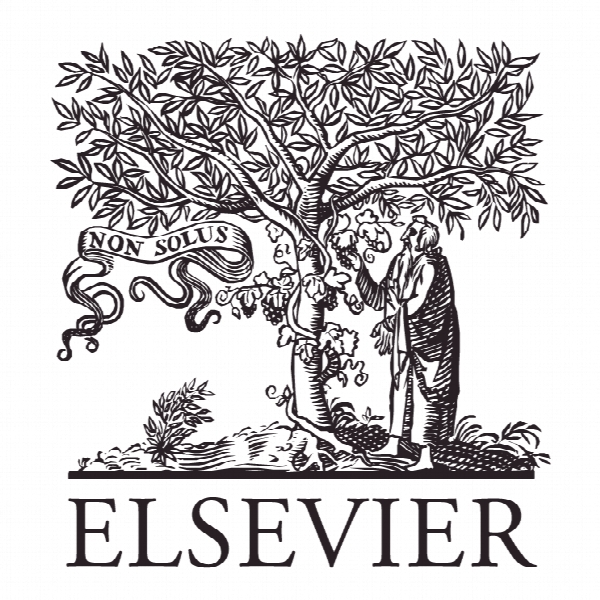بازاریابی جهانی در زمینه های تجارت به تجارت: چالش ها، پیشرفت ها و فرصت ها Global marketing in business-to-business contexts: Challenges, developments, and opportunities
- نوع فایل : کتاب
- زبان : انگلیسی
- ناشر : Elsevier
- چاپ و سال / کشور: 2018
توضیحات
رشته های مرتبط مدیریت
گرایش های مرتبط بازاریابی، مدیریت کسب و کار
مجله مدیریت بازاریابی صنعتی – Industrial Marketing Management
شناسه دیجیتال – doi https://doi.org/10.1016/j.indmarman.2018.04.016
منتشر شده در نشریه الزویر
کلمات کلیدی انگلیسی Global marketing, Business-to-business, International marketing
گرایش های مرتبط بازاریابی، مدیریت کسب و کار
مجله مدیریت بازاریابی صنعتی – Industrial Marketing Management
شناسه دیجیتال – doi https://doi.org/10.1016/j.indmarman.2018.04.016
منتشر شده در نشریه الزویر
کلمات کلیدی انگلیسی Global marketing, Business-to-business, International marketing
Description
1. Introduction The gradual decline of trade barriers, increasing regional integration, improved international trade infrastructures, and emergence of new markets around the globe has created a different competitive landscape for organizations (Aykol, Leonidou, & Zeriti, 2012). On the one hand, firms now are able to gain easier access to new markets, identify a wider range of supply sources, and recognize new opportunities for future growth. On the other hand, this increasing globalization of markets and production is making things more difficult for practitioners due to growing intensity and complexity of global competition. Thus, many organizations are increasingly recognizing the essential role of effective international marketing activities in achieving growth and prosperity (Leonidou, Barnes, Spyropoulou, & Katsikeas, 2010). At the same time, business-to-business marketing is becoming progressively significant for firms and economies around the globe (LaPlaca, 2013) and increasingly relies on international marketing practices to deal with the global challenges and opportunities (Helm & Gritsch, 2014). For example, industrial buyers are shifting to more globalized purchasing strategies (Jia, Lamming, Sartor, Orzes, & Nassimbeni, 2014), establishing new international supply networks (Elg, Deligonul, Ghauri, Danis, & Tarnovskaya, 2012), and increasingly using technology to identify and evaluate new supply opportunities (Wu, Yeniyurt, Kim, & Cavusgil, 2006). Furthermore, business-to-business marketers are embracing and recognizing the importance of establishing successful relationships with international collaborating partners (Samiee, Chabowski, & Hult, 2015), as well as understanding the implications of business-to-business branding, and the importance of building strong international brand management capabilities (Leek & Christodoulides, 2011). Knowledge is also being accumulated on the value of establishing strong business networks and political ties in international markets (e.g., Dong, Li, & Tse, 2013), forming and nurturing international alliances and joint ventures with direct and indirect rivals (e.g., Shu, Jin, & Zhou, 2017), and building specific marketing capabilities to enhance international competitiveness (e.g., Evers, Andersson, & Hannibal, 2012). The literature further provides guidance on how firms outsource core business activities (e.g., new product development) to international collaborating firms (e.g., Ahearne & Kothandaraman, 2009), and how sustainability and corporate social responsibility can be applied in international business-to-business markets and incorporated into global supply chains (e.g., Chan, He, & Wang, 2012). Notwithstanding the considerable proliferation of knowledge in business-to-business global marketing issues, there are still gaps in our knowledge of how and why some international marketing practices work and others fail (LaPlaca, 2013).


